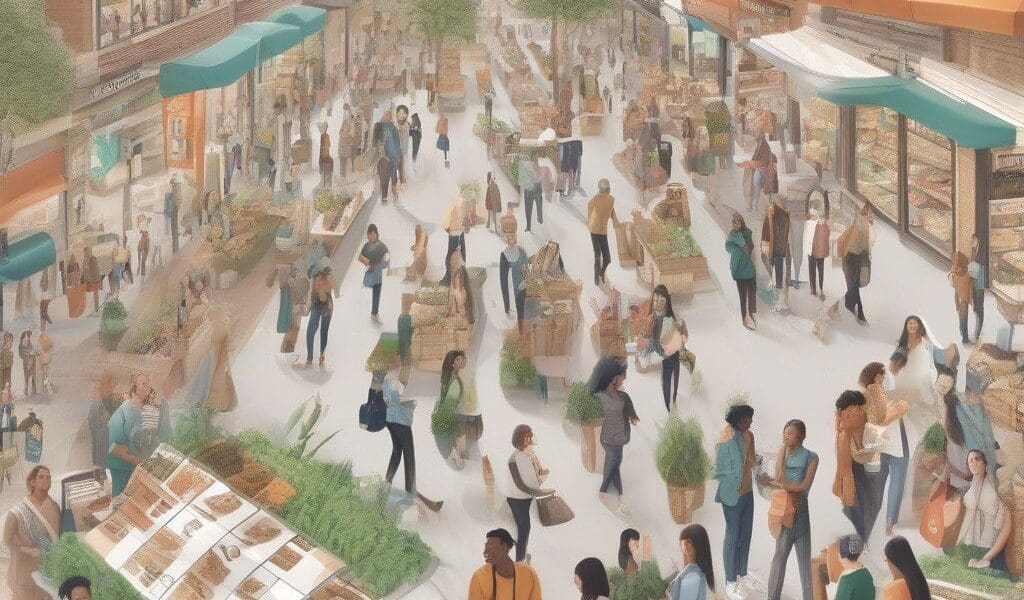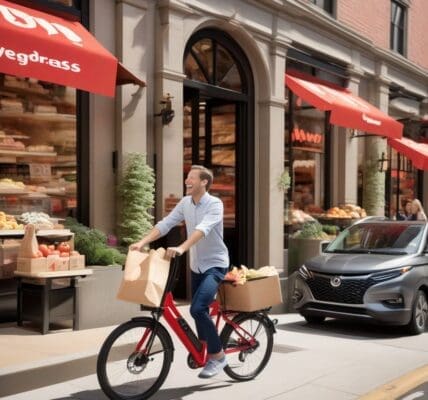As 2024 progresses, the race for customer satisfaction is largely shaped by one key factor: convenience. According to a recent report by CX Network, “The Global State of CX 2024,” consumer demand for convenience has surged to the forefront of customer experience (CX) planning, moving from fourth place in 2023 to the top of the agenda. This shift signals a significant change in how businesses prioritize their customer engagement strategies.
Historically, sustainability and the demand for ethical products had taken precedence in the minds of consumers and businesses alike. However, the latest survey, which includes insights from 282 CX practitioners, service leaders, and experience designers, reveals a startling trend: the demand for sustainability has waned in importance relative to convenience. This suggests a fundamental recalibration of consumer priorities, shaped by a variety of factors including economic pressures and shifting expectations.
The Consumer Landscape
Consumer behavior is continuously influenced by a multitude of factors, with convenience now ranking at the top. For example, consider the rise of same-day grocery delivery services. Retail giants like Instacart and Amazon have redefined convenience, pushing competitors to adapt quickly or risk losing relevance. According to the CX Network report, 56% of participants indicated that customers will not hesitate to switch brands if they feel that their needs for convenience are not being met. This statistic underscores the urgency for brands to prioritize ease of access and simplicity in customer engagement.
Moreover, retailers need to recognize that this demand for convenience isn’t just about speed; it encompasses a holistic shopping experience. Customers are looking for seamless interactions, whether purchasing through mobile apps, online platforms, or in-store. Retailers such as Target have successfully created an integrated shopping experience, allowing customers to order online and pick up in-person at their convenience. This model not only drives footfall but also enhances customer satisfaction.
Technology plays a vital role in meeting these convenience demands. AI and machine learning are now being harnessed to streamline shopping experiences. For instance, chatbots provide immediate responses to customer inquiries, significantly reducing wait times. This technological leverage is not merely an enhancement but a necessity in a landscape where consumer patience is thinning.
The Diminishing Role of Sustainability
While convenience takes center stage, sustainability’s influence seems to be in decline, at least in terms of CX strategy. The report reflects a stark contrast to the growing emphasis on sustainable practices noted in previous years. This decline raises important questions about long-term consumer values and brand positioning.
Some may argue that businesses are walking a tightrope; the immediate consumer demand for convenience could overshadow the long-term imperative for sustainability. However, it’s essential to note that these are not mutually exclusive—brands can find ways to innovate in convenience while still embracing sustainable practices. For example, companies like Unilever are making strides to improve their supply chain efficiency while reducing their carbon footprint. By using AI to better predict consumer behavior, they can ensure that products are available when and where consumers want them, minimizing waste in the process.
Another avenue for reconciliation between convenience and sustainability lies in transparency. Today’s consumers are more informed and demanding. They want to understand not only how their products are made but also the ethical implications of their purchases. Brands that communicate their sustainability efforts—whether through sourcing, packaging, or energy management—while delivering convenient solutions will likely cultivate strong customer loyalty.
Customer Loyalty Remains Central
Amid these transitions, customer loyalty remains a vital focus for brands. According to the report, it is one of the few trends that is not directly tied to technological advancements, asserting the importance of personal relationships and emotional connections with customers. Loyalty programs that reward not just purchases but also ethical behavior (e.g., recycling initiatives, using eco-friendly products) can effectively marry convenience with sustainment.
Brands like Starbucks exemplify this approach with their rewards programs. Customers earn points for purchases, but they also receive incentives for renewing their loyalty and engaging with sustainability initiatives. This strategy not only fosters long-term relationships but also reinforces a commitment to consumer values.
Conclusion
The landscape of customer experience is rapidly changing, with convenience emerging as the primary driver of consumer behavior in 2024. While sustainability may have taken a back seat in customer experience planning, it remains a critical consideration for businesses aiming to establish strong and lasting connections with their customers. Brands will need to navigate this balance intelligently, leveraging technology for convenience while being transparent about their sustainable practices. In doing so, they can cultivate a customer base that not only enjoys immediate satisfaction but also aligns with their values.











